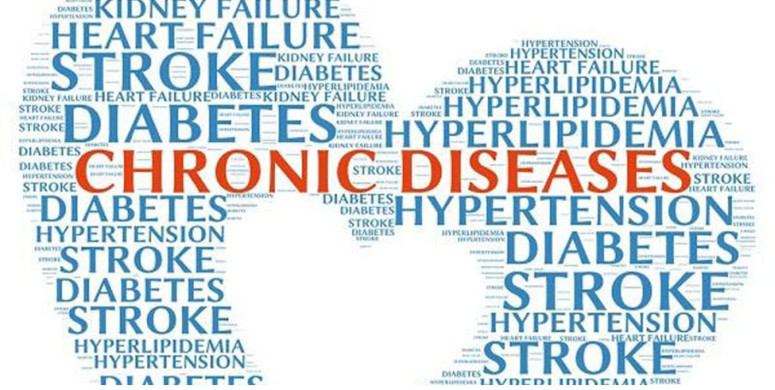Chronic Disease Management

Noncommunicable diseases (NCDs) kill 41 million people each year, equivalent to 74% of all deaths globally. Each year, 17 million people die from an NCD before age 70; 86% of these premature deaths occur in low- and middle-income countries. Of all NCD deaths, 77% are in low- and middle-income countries. Cardiovascular diseases account for most NCD deaths, or 17.9 million people annually, followed by cancers (9.3 million), chronic respiratory diseases (4.1 million), and diabetes (2.0 million including kidney disease deaths caused by diabetes). These four groups of diseases account for over 80% of all premature NCD deaths....
We have been actively tackling Chronic Disease Management (CDM) through innovative solutions and programs. Chronic diseases such as diabetes, hypertension, and cardiovascular disease are major health challenges in India, and we are working to address these issues through a range of initiatives. One of our key strategies for CDM is to leverage technology to improve patient outcomes. The company has developed a range of digital solutions, including mobile apps and telemedicine platforms, that enable patients to monitor their health and communicate with healthcare professionals remotely. These technologies are designed to improve patient engagement, enhance patient education, and promote better self-management of chronic conditions...
We are also actively engaging with healthcare providers and payers to develop value-based care models for chronic disease management. The company is working with healthcare systems to identify at-risk patients, provide proactive interventions, and monitor outcomes. This approach is aimed at reducing healthcare costs, improving patient outcomes, and increasing patient satisfaction. In addition to these initiatives, we have also focused on improving access to care for underserved populations. The company is collaborating with local community organizations to provide health education and awareness programs, as well as to establish low-cost healthcare facilities in underserved areas...
COLMED in addition to providing services and products to metro cities, through its distribution channel in tier 2 and tier 3 cities, continues to ease access to high-technology medical products and after-sales services. Partnering with global leaders in the health care sector, such as Abbott Diabetes Care (FreeStyle), Roche Diabetes (Accuchek), and LifeScan (OneTouch), ColMed aims to ease access to trustworthy and high-tech medical devices, especially to the underserved population of India.

This was done with the objective to serve each corner of society, with the latest medical devices like CGM (Continuous Glucose Monitoring) that can be used for continuous blood sugar monitoring, and other latest / connected SMGB (Self Monitoring Blood Glucose Monitoring) measuring devices to help people keep diabetes in check. Till now, we have helped hundreds and thousands of families in increasing the life expectancy of their loved ones by managing diabetes in a better and more high-tech way.
Our company offers a range of advanced diagnostic devices that aid in the early detection and accurate diagnosis of cardiovascular conditions. One such device is MyDiagnostick, a MDD Class IIa medical device, that is intended to discriminate atrial fibrillation (AF), a common arrhythmia, from normal cardiac rhythm.

Other devices include ambulatory blood pressure monitors, electrocardiogram (ECG) machines, and remote monitoring systems. By establishing partnerships with companies like Contec, HCE Group, BPL we ensure that our product offerings align with the evolving requirements of healthcare professionals, enabling them to provide better care for their patients.
Our company recognizes the importance of reliable and comfortable ostomy supplies. We offer a wide range of high-quality ostomy pouching systems, ostomy accessories, and skin care products. To ensure the availability of the best ostomy products in the market, our company collaborates with leading manufacturers like Convatec.

Our company recognizes the importance of early detection and is working towards developing it. affordable, connected, and intelligent solutions. With the use of AI & availability, these solutions are being developed keeping in mind the issues of high cost and limited availability of trained colposcopists. This development will lead to colposcopes that will be best in class globally and they are expected to be launched by Q3 of 2023.